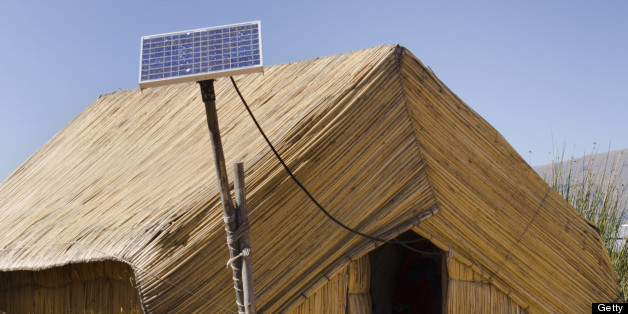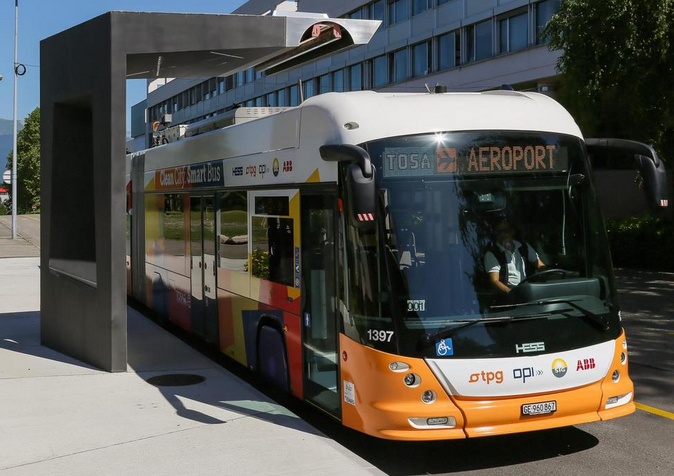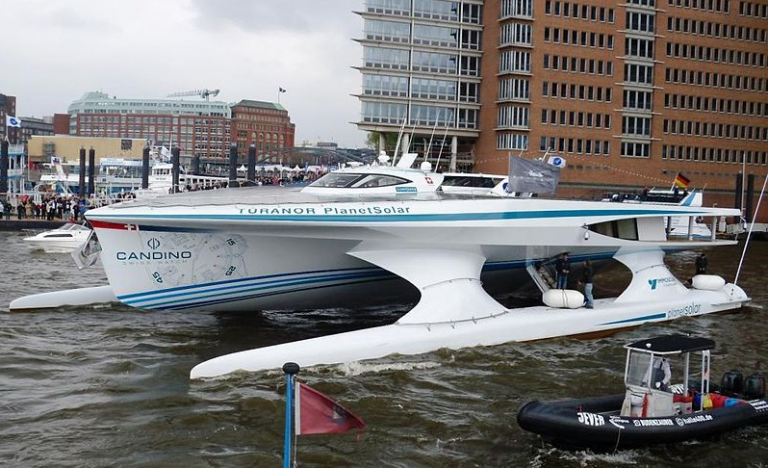
Peru has started a nationwide solar panel program that aims to supply electricity to 95% of its residents by 2016, Huffpost Green reports.
Peru’s program will target more than 2 million of its poorest residents who do not have access to electricity. At present, only 66% of the country’s 24 million residents have an adequate electricity supply.
“This program is aimed at the poorest people, those who lack access to electric lighting and still use oil lamps, spending their own resources to pay for fuels that harm their health,”
Peru’s Energy and Mining Minister Jorge Merino said in an interview.
The project, which will be spearheaded by The National Photovoltaic Household Electrification Program, attests to the country’s efforts to develop renewable energy resources. Together with other governments in South Africa such as Brazil and Uruguay, Peru seeks to boost economic and jobs growth while reducing carbon emission and greenhouse gas.
1,601 solar panels will be installed in the first phase of the project, powering up to 126 communities. The second phase will oversee the establishment of 12,500 solar PV systems, expected to provide electricity to about 2 million people. That is equivalent to 500,000 households being powered up by free electricity.
According to CleanTechnica, energy demand in Peru is growing at a rate of 9% every year. A 2011 energy market analysis estimated the country’s total required energy capacity to jump to 6,140 MW between 2012 and 2020. In terms of power generation, that figure equals the building of a new 500 MW generation plant each year.
While Peru has a steady supply of natural gas from offshore wells, current sources are forecasted to be depleted in about 20-30 years. As of present, energy market prices are distorted in the country thanks to artificially low prices fostered by government-granted subsidies. Once sources are depleted, however, prices are expected to rise at a substantial rate.
An IFC report calculates between $10 to $13 billion worth of investments will be made to meet increasing energy demand in the country. Peru’s solar panel program, which will cost around $200 million, signals growing interest for renewable energy investments to be part of the mix. The country is the third largest in South America and has average solar radiation levels of up to 5kWh per square meter a day, particularly in the Sierra.
Programs such as Peru’s use market-based mechanisms to drive capacity growth of renewable energy and are therefore not dependent on traditional incentives. Such an approach can help step up efforts to realize the potential of target renewable energy sources. Aside from solar, Peru looks to other possible sources to meet electricity generation demands. This includes wind, hydro, and biomass, according to an IFC analysis. At present Peru is tapping less than 10% of its available renewable energy potential. In 2012 it was estimated that Peru utilized just 4.7% of its hydroenergy potential, 6.1% of biomass, 1% of solar power, and only 0.65 of wind energy potential.
However the country has set a goal of supplying 33% of its total electricity consumption with renewable energy sources by 2021 together with a 15% energy savings target from 2009 to 2018. These figures are relative to the country’s projected demands across a range of sectors (industrial, public, residential, etc.) in 2018.
By making use of its renewable energy potential and consciously increasing energy efficiency, Peru seems to be on the right track towards achieving energy security for the long term.





Leave a Comment